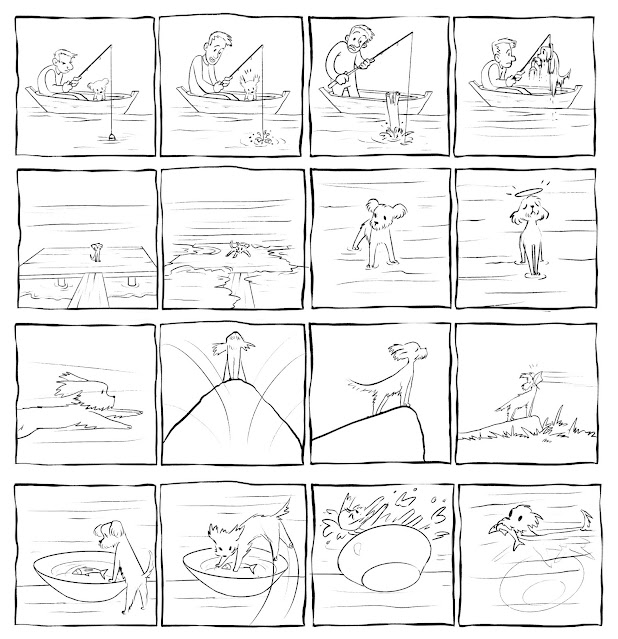Case 3: The Illustrated Comic Strip (2 points)
Illustrated comic series are indeed illustrated. First of all, they are amazingly beautiful. The Flash Gordon's characters all look so anatomically perfect, like from the student anatomy books. I want to take some images to study anatomy and great posing. But not only bodies of the characters are amazing. The whole way the artist paints his comics. They are very colorful, with exciting color choices. The artist could not take the mixes of the colors and only the pure, clean colors and think about how to place them together. That is how sometimes the ground can become blue and the sky pure red. This is very unusual and interesting. But I think it fits the story because the story goes from Earth's planet where everything can happen. Dinosaurs, monsters, lion people, the underwater realm, birds people, and more and more. And this fantasy sci-fi combination makes the artist use bright colors that fit the story. It is interesting that to the comic's end, the art becomes mor
